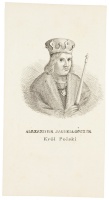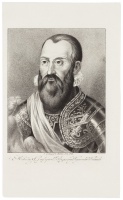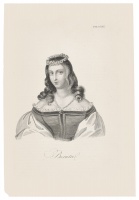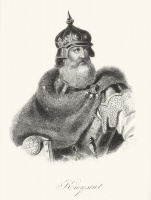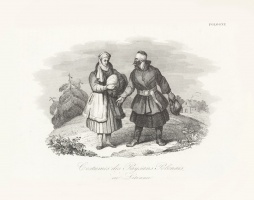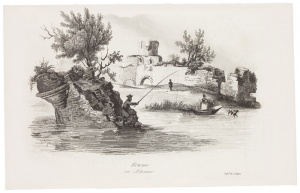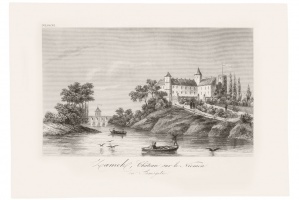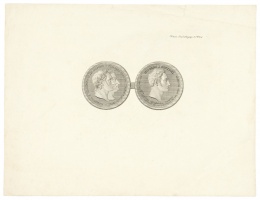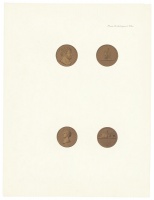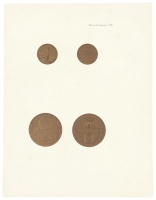
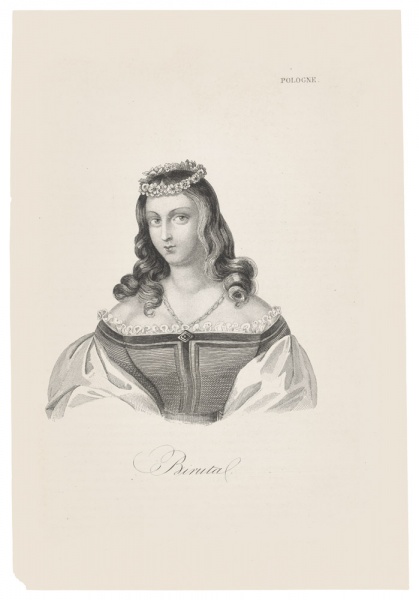

Duchess Birutė
| Author: |
Unknown 19th-century artist |
| Created: | 1837 |
| Material: | paper |
| Technique: | steel engraving |
| Dimensions: | 27 × 18.50 cm |
| Signature: | inscription: Biruta |
Lithuania was the last pagan state in Europe. Birutė, the legendary wife of Grand Duke Kęstutis and mother of Lithuania’s most outstanding ruler, Vytautas, became a symbol of ethnic distinction. One of the key principles of the pagan viewpoint, i.e. priority of the matriarchal social structure, differed completely from the Christian conception of the patriarchal society in medieval Europe. The tolerance of religion characteristic of GDL was a unique phenomenon in medieval Europe. Christian slavic lands annexed to pagan Lithuania did not give rise to legal problems for residents either of those lands or of Lithuania. For example, if a pagan and a Christian made a contract or were litigators in court, each of them took an oath based on their own religion and their oath or contract were valid under both Lithuanian and slavic law.
Text author Giedrė Jankevičiūtė
The growing 19th-century interest in Lithuania’s past led to the emergence of works of literature and art about Duchess Birutė. No other female figure in pagan Lithuania has excited so much fascination as the legendary guardian of the sacred flame. She lived at the turn of two epochs, and gave birth to Vytautas the Great, who laid the foundations for Christian Lithuania.
This anonymous engraving was born out of this interest. It was based on an image published in 1837 in Leipzig by Jan Nepomucen Bobrowicz in the literary review Melitele, edited by Antoni Edward Odyniec. Imaginary portraits of Birutė and Kęstutis in the magazine served as illustrations of the short story ‘Birutė’ by an anonymous author, presented as a ‘mid 14th century story told by the Crusaders-Lithuanians’. The story, allegedly translated from German, tells a rather unexpected story of Birutė as a Christian woman who married a pagan duke, in order to help convert Lithuania to Christianity. The illustrations (steel engravings) were produced in Vienna. The Grand Duchess of Lithuania is highly romanticised in that print.
The engraving in Melitele, carefully redrawn and lithographed by Antoni Penkowski, was printed in the first volume of the almanac Biruta, published in Vilnius in 1837 by Józef Krzeczkowski. A slightly simplified likeness of the Birutė we can see in this engraving was printed in the second volume (1836–1837) of Léonard Chodźko’s La Pologne historique, littéraire, monumentale et pittoresque published in Paris. This version is the most widespread one.
Text author Rūta Janonienė
Source: Law firm Valiunas Ellex art album DELINEATIO LITUÆ (2009). Text authors Jevgenij Machovenko, Algimantas Muzikevičius, MORE THAN JUST BEAUTY (2012). Compiler and author Giedrė Jankevičiūtė, RES PUBLICA (2018). Compiler and author Rūta Janonienė






